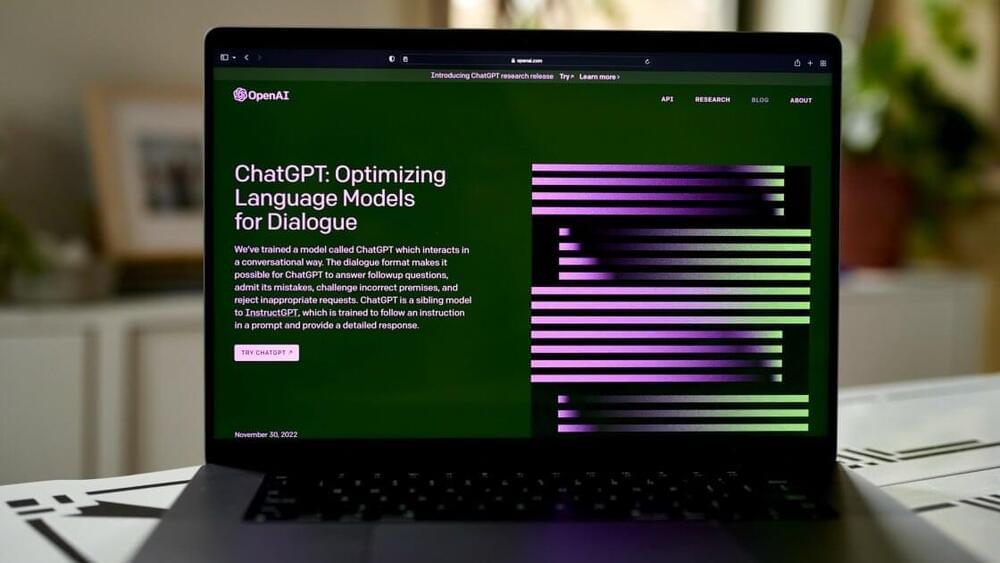Feb 2, 2023
Hackers weaponize Microsoft Visual Studio add-ins to push malware
Posted by Saúl Morales Rodriguéz in category: cybercrime/malcode
Security researchers warn that hackers may start using Microsoft Visual Studio Tools for Office (VSTO) more often as method to achieve persistence and execute code on a target machine via malicious Office add-ins.
The technique is an alternative to sneaking into documents VBA macros that fetch malware from an external source.
Since Microsoft announced it would block the execution of VBA and XL4 macros in Office by default, threat actors moved to archives (.ZIP,.ISO) and. LNK shortcut files to distribute their malware.

















